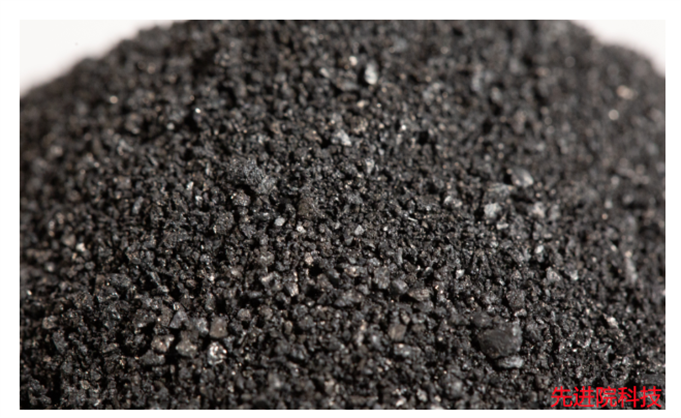1、 Introduction
Desulfurization catalystAs an important industrial catalyst, (low stack ratio) has a wide range of applications in the adipic acid and caprolactam industries. The catalyst is supported on alumina with high specific surface area and loaded with precious metals (Pd/Ru) (palladium/ruthenium). Its main function is to deeply remove sulfides such as thiols, thioethers, and thiophenes from benzene. This article will discuss the uses, product specifications, and industry applications of desulfurization catalysts, and deeply analyze their uniqueness.
2、 Purpose:
The desulfurization catalyst is mainly used for deep removal of sulfides in benzene, including thiols, thioethers, and thiophenes. These sulfides are widely present in the adipic acid and caprolactam industries, which have a significant impact on product quality and the stability of the synthesis process. By using desulfurization catalysts, the content of thiophene in benzene can be removed to below 0.01 ppm, while the sulfur capacity reaches 0.8 grams of thiophene per kilogram of catalyst. This efficient desulfurization effect makes the production of adipic acid and caprolactam more stable and efficient.
Products Specification
The desulfurization catalyst is in the form of black particles, supported on alumina, with a loading amount of precious metal (Pd/Ru) (Pd/Ru) ranging from 0.98 to 1.05 wt.%. The surface area of the catalyst is 360-380m2/g, and the bulk density is 0.53-0.57cm3/g. These specification data demonstrate the superiority of desulfurization catalysts in physical properties and have higher potential for large-scale applications.

The adipic acid and caprolactam industries are
Desulfurization catalystOne of the important application areas. In the production process of adipic acid, the desulfurization of benzene is a key step, and the selection of catalyst is crucial for the desulfurization effect. The desulfurization catalyst (low stack ratio) has become the preferred catalyst in the industry due to its efficient desulfurization performance and low stack density. By introducing desulfurization catalysts, the production process of adipic acid can be stabilized and the product quality has been greatly improved. Similarly, the production of caprolactam can also achieve efficient removal of sulfides and improve product purity and quality through the application of desulfurization catalysts.
5、 Conclusion
As an important industrial catalyst for deep removal of sulfides from benzene, desulfurization catalysts (low stack ratio) have broad application prospects. This article explores the uses, product specifications, and industry applications of desulfurization catalysts, demonstrating their important position and value in the adipic acid and caprolactam industries. In the future development, it is necessary to further optimize and improve the preparation process of desulfurization catalysts to meet the industry's demand for higher performance catalysts and contribute to the sustainable development of the industry. In summary, desulfurization catalysts (low stack ratio) will play an increasingly important role in the industrial field.





